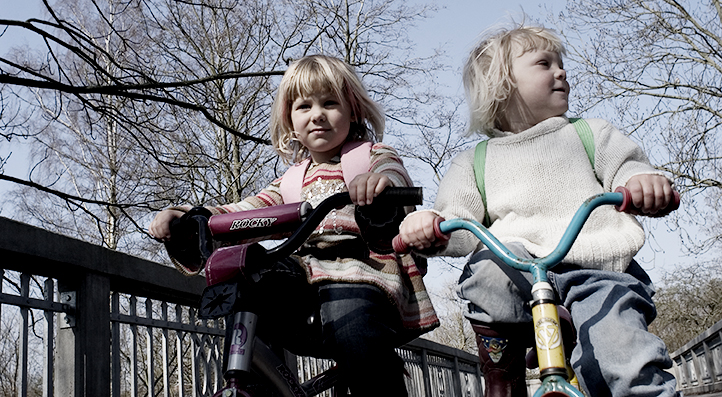Injuries in the home environment
Four recent studies focus on the prevention of home accidents at a general level. [1-4] These papers suggest that, while educational campaigns and equipment loan schemes may be potentially effective in terms of promoting behavioural change, there is little evidence that injury reductions are achieved by these means (table 1).
There is increasing evidence from the United States of the positive effect of campaigns promoting the use of smoke alarms (table 2). [5-9] A smoke alarm giveaway programme in the central area of Oklahoma City, where there was a high fire risk, showed an 80% annual injury rate decline from 15.3/100 000 to 3.1/100 000, compared with a slight increase in the rest of the city. [5] The authors point out that, "interventions that target areas with high rates of fires may be especially efficient ways to lower the incidence of injuries and deaths from residential fires". This is the first community based study to demonstrate the effectiveness of a smoke alarm promotion programme on health outcomes. There is also evidence that smoke alarm promotion programmes lead to changes in behaviour which are sustained over a long period of time (3-4 years), resulting in greater numbers of households with functioning smoke alarms. [7]

